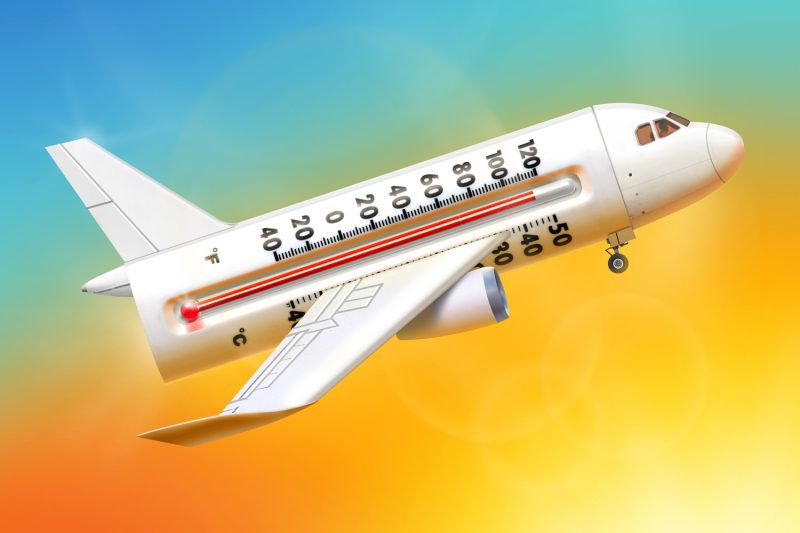Extreme Heat Poses Challenges for the Aviation Industry
The aviation industry, known for its rigorous safety standards and meticulous planning, is facing a new challenge as global temperatures rise: extreme heat. Airlines and airports around the world are finding that the soaring temperatures brought on by climate change are making flying more difficult and, in some cases, more dangerous.
One of the primary concerns for the aviation industry when it comes to extreme heat is the impact it has on aircraft performance. As temperatures climb, the air becomes less dense, which can affect an aircraft’s ability to generate lift. This means that planes need longer runways and more thrust to take off in hot conditions, potentially pushing them to the limits of their capabilities. Additionally, high temperatures can impact engine performance, leading to reduced efficiency and potentially compromising safety.
In addition to the challenges faced by aircraft, extreme heat can also affect airport operations. For example, hot weather can soften the asphalt on runways, causing it to become more susceptible to damage from the weight of planes landing and taking off. This can result in the need for increased maintenance and repairs, which can lead to delays and disruptions for passengers.
Despite these challenges, airlines and airports are taking steps to mitigate the impact of extreme heat on their operations. This includes conducting detailed risk assessments and implementing heat-related safety protocols to ensure the well-being of passengers and crew. Airlines are also exploring new technologies and operational strategies to improve the efficiency of their aircraft in hot conditions.
While airlines and airports are working to adapt to the challenges posed by extreme heat, the aviation industry as a whole recognizes that more needs to be done to address the underlying issue of climate change. By reducing carbon emissions and investing in sustainable aviation practices, the industry can help mitigate the impact of rising temperatures and ensure the long-term viability of air travel in a changing climate.
In conclusion, extreme heat presents a significant challenge for the aviation industry, impacting aircraft performance and airport operations. While airlines and airports are taking steps to address these challenges, further action is needed to combat the root cause of climate change and ensure a safe and sustainable future for air travel.
